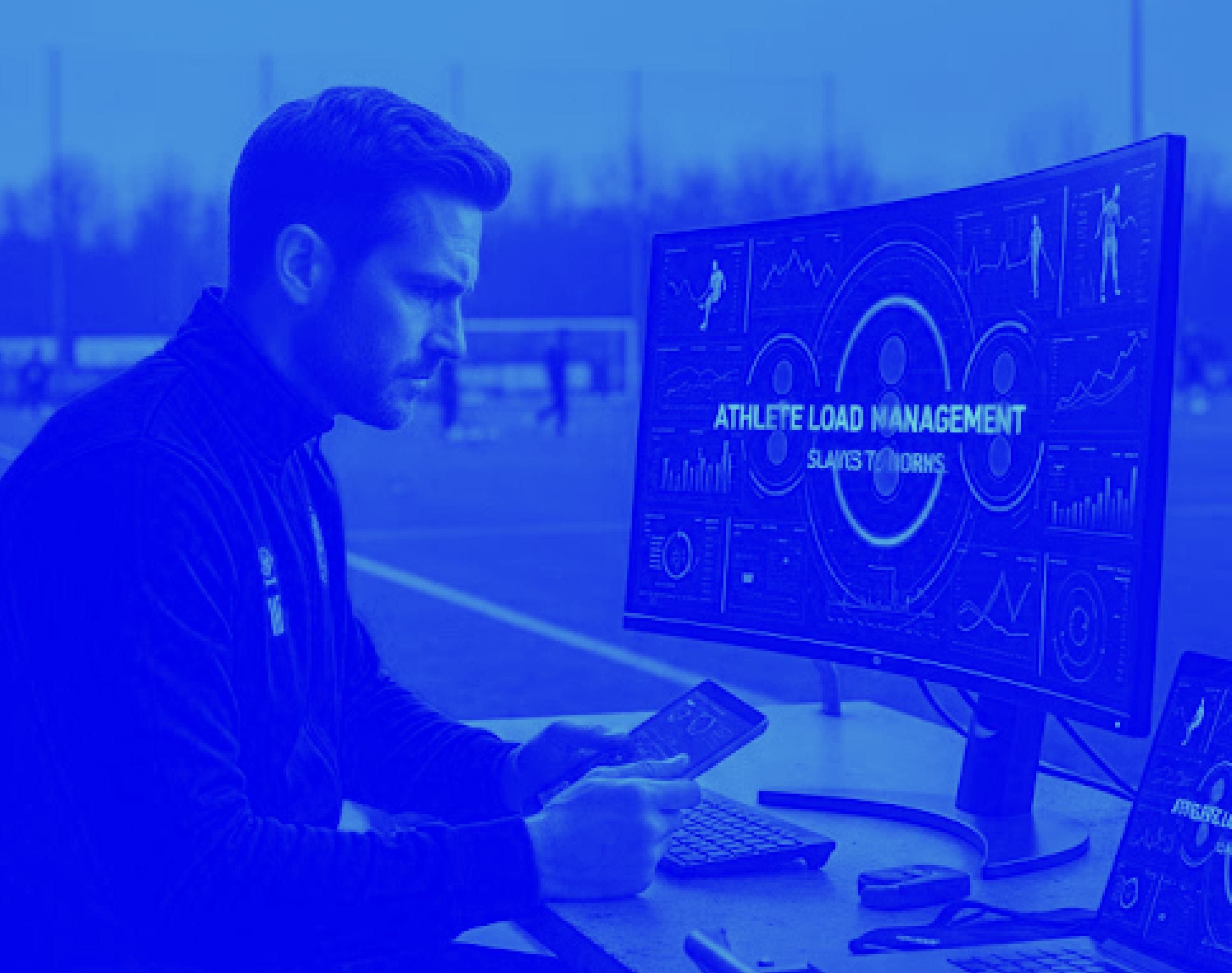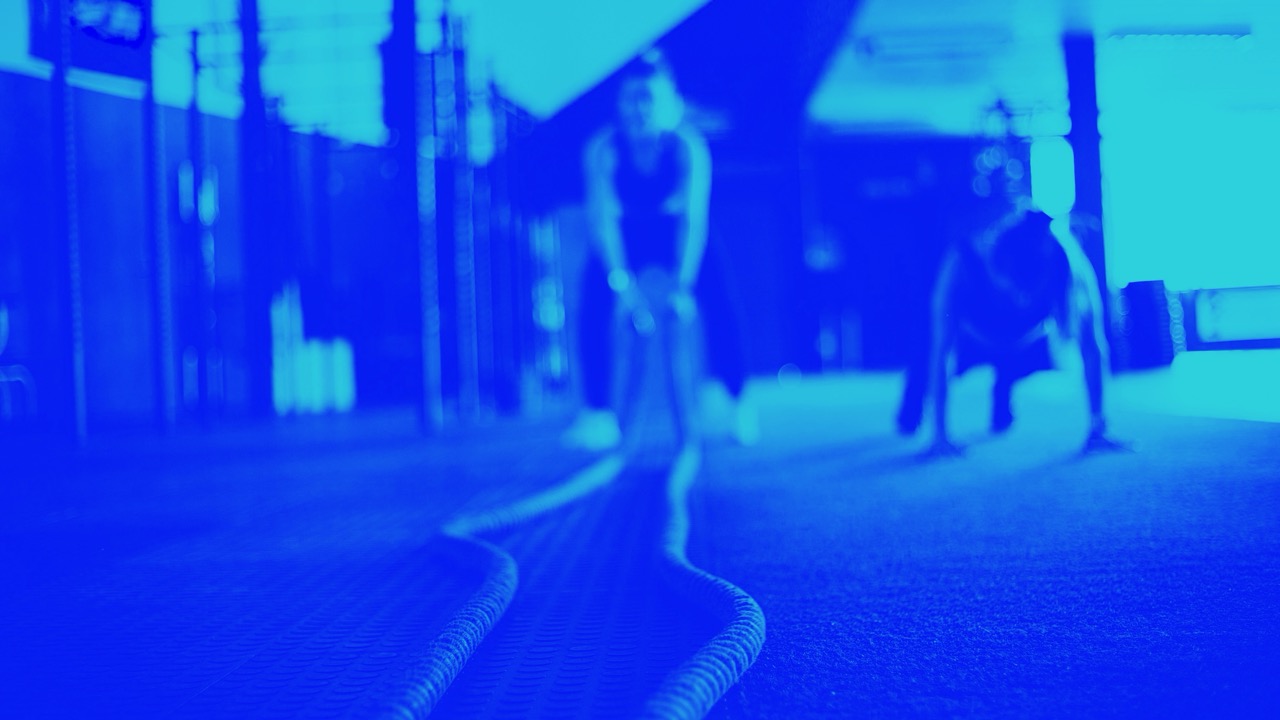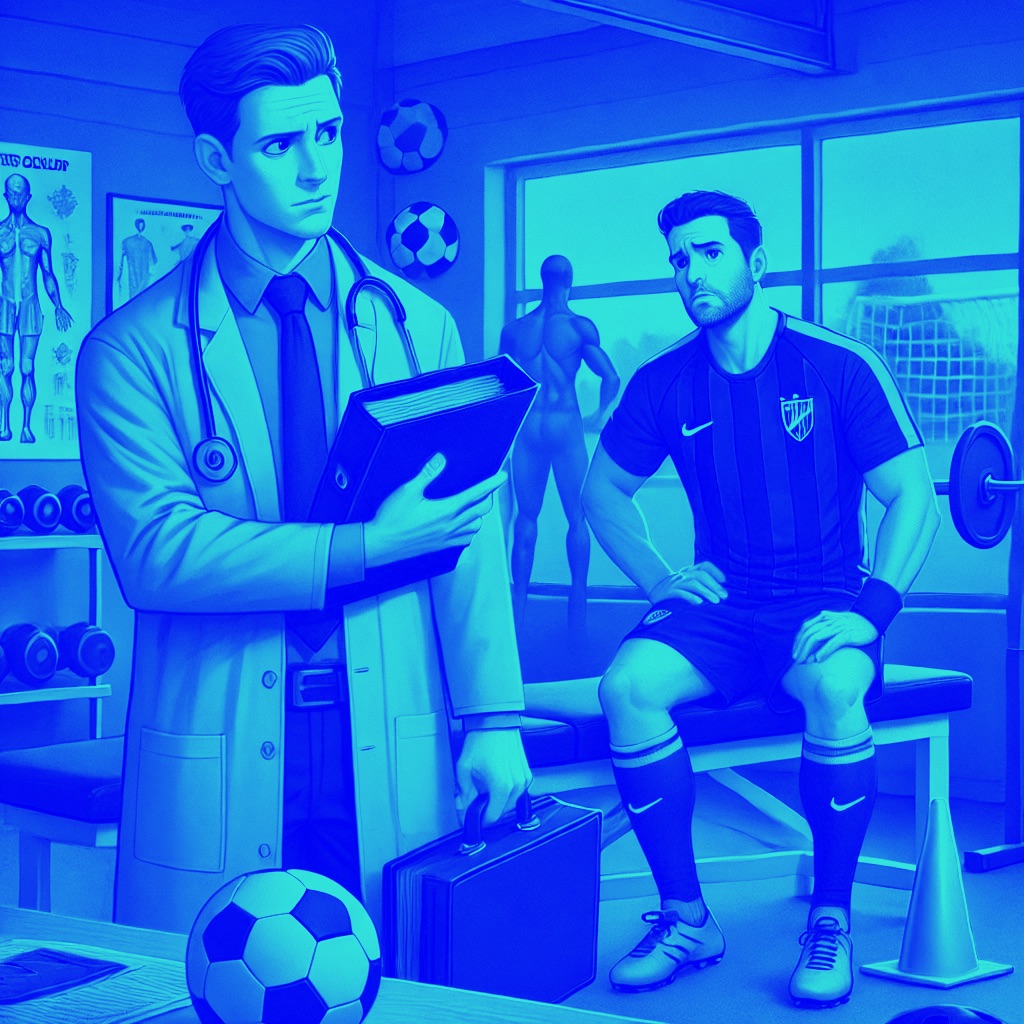Chasing the 0.2
Buchheit M. Chasing the 0.2. IJSPP 2016, 11, 417-418.
Original publication here / pic credits
“A life is not important except in the impact it has on other lives” once said Jackie Robinson, the 6-time US All-Star baseball player. Making an impact is probably what drives most of us working as academics, applied sport scientists, or both. While academics may leave their footprint in the research community via their ground-breaking publication records, they can also indirectly help practitioners and athletes in the field through relevant research findings. Sport scientists, on the other hand, have direct contact with coaches and athletes and the responsibility to act daily to help them succeed.1 But making an impact—reaching a 0.2 as we are now used to saying in reference to the smallest important (standardized) effect in statistics2—is everything but easy. I heard Chris Carling (British sport scientist) once say that researchers and sport scientists often answer questions that are not asked.
The publication path is a long and winding road. From the first study protocol draft to an ahead-of-print manuscript, there are often months or even years of work, blood, sweat, and tears. Considering that sport science overall is not a major research field compared with medicine, for example, and that most peer-reviewed journals are not open-access, what is the actual audience for our manuscripts? Often it is apparent when dealing with practitioners that they couldn’t be bothered reading even the abstract of a paper and would rather ask directly, “Ok, but in the end what does the paper say?” The great success of Yann Le Meur’s infographics,3 Jacquie Tran’s sketchnotes,4 and the rise of personal blogs using advanced data-visualization techniques5 is evidence of the disconnect between journal manuscripts’ focus, format, and accessibility in comparison with practitioners’ needs and science-information literacy. I am not saying that researchers should give up publishing, but the choice of their research questions could sometimes be wiser and more relevant to the field. The informative nature and clarity of manuscript figures may also deserve more attention to allow nonscientists to better extract the pertinent information.
For academics, the benefit of better research questions is multiple. It may not only translate into greater impact on the field but also directly increase their paper citations and, in turn, their holy grail: the H factor. As exemplified with my personal publication records available on Google Scholar,6 a study in which I was involved during my PhD studies—using heart-rate arousals to detect changes in sleep stages, published in 2004 in a prestigious journal7—has only been cited 7 times since (8 times now!), while our recent review on high-intensity training8 has reached 164 citations in less than 3 years. Heart-rate patterns during sleep are probably interesting, but how to program interval training in athletes seems much more important to other researchers. Note, however, that in addition to generating large numbers of citations, some papers can also seduce a very large audience in terms of readership, exemplified by high altmetric9 scores, for example (eg, reads, downloads, shares on social media). Nonetheless, over the last 15 years, I have certainly published too many interesting-only papers that lacked clear practical applications. Who, in the field, has the time and the resources to detect ventilatory thresholds using electromyographic signals?10 Mea culpa! For sport scientists working in the field, continuing to publish high-quality research may also ensure their professional stability—if a club they work for ends their employment, having maintained minimal research activity likely increases their ability to “fall back” into academia.
So, how do researchers come to ask questions that make their working hours relevant and impactful? How do sport scientists select the area in which to put their efforts at their club? The first steps toward a 0.2 progress may be as simple as focusing on the “big rocks” (the rest being just pebbles and sand). Practically, this means targeting the 3 to 5 most important areas clearly identified as having a meaningful impact on the athletes’ programs and performance. In an extreme case, I would say that in our field, research studies that can’t help guide or change practice are not far from useless. Forget the unessential, forget big data strategies. Save time, energy, and resources to focus on what is known to matter to practitioners and athletes. Do simple but powerful. Ideally, academic researchers should always be aligned with practitioners’ (eg, sport scientists, strength and conditioning coaches, nutritionists) needs, who should, in the best-case scenario, be the researchers themselves, or at least those initiating the research questions. However, since the majority of coaches, support staff, and athletes often don’t know what to expect from applied research and scientific support at the club, it is only by sitting right next to them during training sessions and team debriefs, by sharing meals and cups of coffee, living daily with them in “the trenches,” that we can appreciate what they may find useful and which information they rely on to make their decisions. Whether a given coach or athlete better understands visual data (eg, printed reports, e-mails) versus verbal and informal feedback or relies more on quantitative versus qualitative information cannot be predicted. Understanding the specific codes of a sport or a very specific community of athletes takes many years. Having the respect and trust of high-profile athletes is often more a matter of personality and behavior than scientific knowledge and skills. While this sounds obvious for people already in the “industry,” master’s degrees and PhD qualifications often are of little benefit in the quest to create such a collaborative and productive environment. As described by the fantastic David T. Martin, we sport scientists (monkeys) and coaches and athletes (felines and big cats) don’t belong to the same species. We have different expectations, behave differently, and tend to make our decisions based on evidence and facts, while they rely on feelings and experience. Creating these links, building these bridges, connecting rather than collecting the dots, requires time and effort. Having a strong character is often compulsory to survive in most places, but open-mindedness, humility, and a form of kindness are probably some of the most important personality traits to develop to make a 0.2 in this world.
With these engaging personal and social skills in mind, it is not surprising that the majority of the most renowned researchers, sports scientists, and performance managers to date have, in parallel to their academic journeys, exposed themselves deeply to the elite sport culture, either directly (as coaches) or indirectly (as athletes). Joint positions (university and elite clubs) as typically offered in the United Kingdom, Australia, and New-Zealand or self-created similar environments (ie, working and/or playing in an elite club during one’s undergraduate program or PhD) represent in my eyes the optimal training options for a new generation of sport scientists to emerge. Only they may manage to ask the right questions, publish worthy papers for our journal, and have, in turn, >0.2 impacts on elite performance.
Martin Buchheit
Associate Editor, IJSPP
References
1. Pyne DB. Working with the coach. Int J Sports Physiol Perform. 2016;11(2):153. http://dx.doi.org/10.1123/IJSPP.2016-0034
2. Hopkins WG, Marshall SW, Batterham AM, Hanin J. Progressive statistics for studies in sports medicine and exercise science. Med Sci Sports Exerc. 2009;41(1):3–13. doi:10.1249/MSS.0b013e31818cb278
3. Le Meur Y. Infographics. http://ylmsportscience.blogspot.fr/. Accessed April 5, 2016.
4. Tran J. Sketchnotes. https://phdblog.jacquietran.com/category/sketchnotes/.
5. Prestidge B. https://public.tableau.com/profile/brian.prestidge#!/vizhome/EPLInjuries_4/Intro. Accessed April 5, 2016.
6. Buchheit M. https://scholar.google.com/citations?user=JwnPRl4AAAAJ&hl=en. Accessed April 5, 2016.
7. Viola AU, Brandenberger G, Buchheit M, et al. Sleep as a tool for evaluating autonomic drive to the heart in cardiac transplant patients. Sleep. 2004;27(4):641–647. PubMed
8. Buchheit M, Laursen PB. High-intensity interval training, solutions to the programming puzzle: part I: cardiopulmonary emphasis. Sports Med, 2013;43(5):313–338.
9. Altmetric. https://frontiers.altmetric.com/details/2124380. Accessed April 5, 2016.
10. Racinais S, Buchheit M, Girard, O. Breakpoints in ventilation, cerebral and muscle oxygenation, and muscle activity during an incremental cycling exercise. Front Physiol. 2014;5:142



